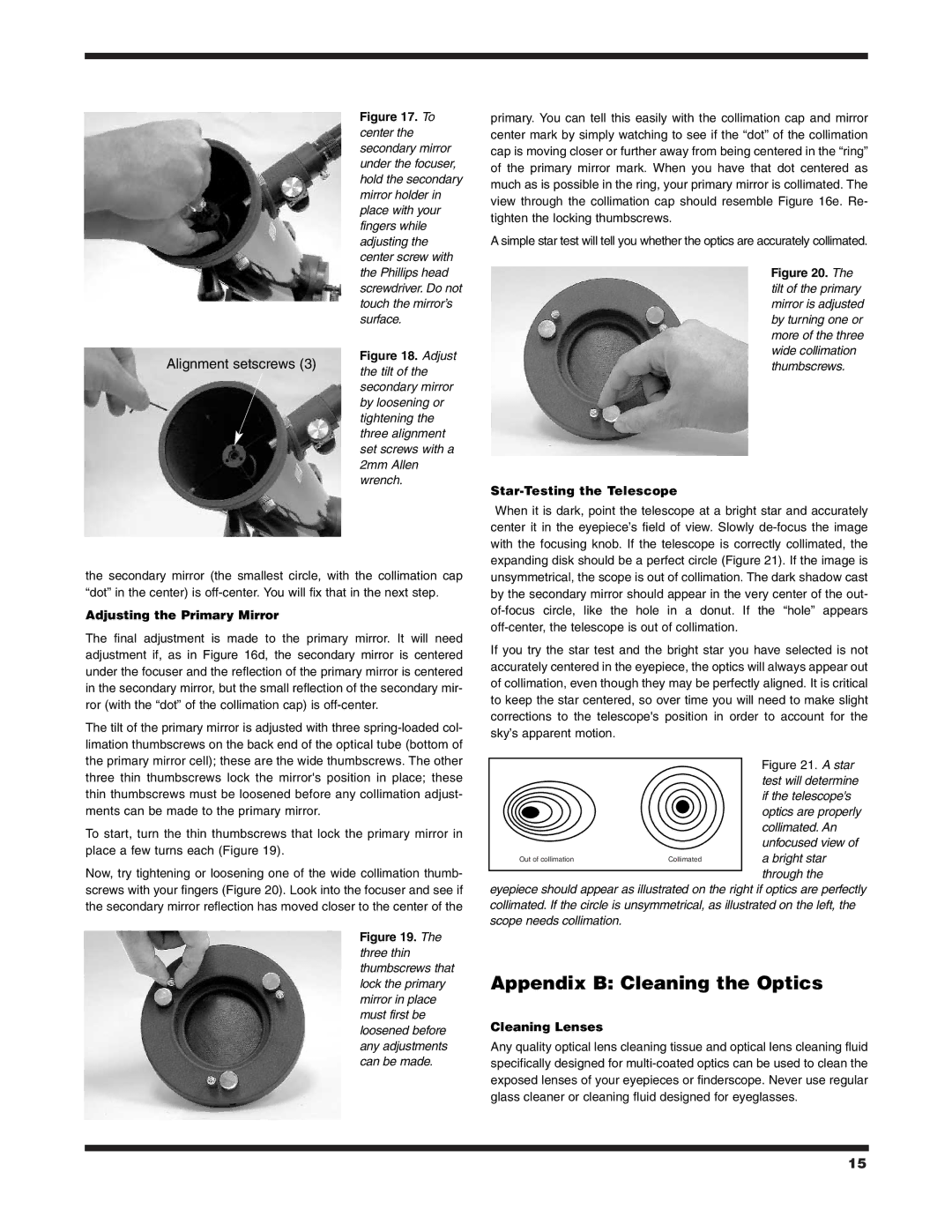
Figure 17. To center the secondary mirror under the focuser, hold the secondary mirror holder in place with your fingers while adjusting the center screw with the Phillips head screwdriver. Do not touch the mirror’s surface.
primary. You can tell this easily with the collimation cap and mirror center mark by simply watching to see if the “dot” of the collimation cap is moving closer or further away from being centered in the “ring” of the primary mirror mark. When you have that dot centered as much as is possible in the ring, your primary mirror is collimated. The view through the collimation cap should resemble Figure 16e. Re- tighten the locking thumbscrews.
A simple star test will tell you whether the optics are accurately collimated.
Figure 20. The tilt of the primary mirror is adjusted by turning one or more of the three wide collimation
Alignment setscrews (3)
Figure 18. Adjust
the tilt of the secondary mirror by loosening or tightening the
three alignment set screws with a 2mm Allen wrench.
thumbscrews.
Star-Testing the Telescope
the secondary mirror (the smallest circle, with the collimation cap “dot” in the center) is
Adjusting the Primary Mirror
The final adjustment is made to the primary mirror. It will need adjustment if, as in Figure 16d, the secondary mirror is centered under the focuser and the reflection of the primary mirror is centered in the secondary mirror, but the small reflection of the secondary mir- ror (with the “dot” of the collimation cap) is
The tilt of the primary mirror is adjusted with three
To start, turn the thin thumbscrews that lock the primary mirror in place a few turns each (Figure 19).
Now, try tightening or loosening one of the wide collimation thumb- screws with your fingers (Figure 20). Look into the focuser and see if the secondary mirror reflection has moved closer to the center of the
Figure 19. The three thin thumbscrews that lock the primary mirror in place must first be loosened before any adjustments can be made.
When it is dark, point the telescope at a bright star and accurately center it in the eyepiece’s field of view. Slowly
If you try the star test and the bright star you have selected is not accurately centered in the eyepiece, the optics will always appear out of collimation, even though they may be perfectly aligned. It is critical to keep the star centered, so over time you will need to make slight corrections to the telescope's position in order to account for the sky’s apparent motion.
|
| Figure 21. A star |
|
| test will determine |
|
| if the telescope's |
|
| optics are properly |
|
| collimated. An |
|
| unfocused view of |
Out of collimation | Collimated | a bright star |
|
| through the |
eyepiece should appear as illustrated on the right if optics are perfectly collimated. If the circle is unsymmetrical, as illustrated on the left, the scope needs collimation.
Appendix B: Cleaning the Optics
Cleaning Lenses
Any quality optical lens cleaning tissue and optical lens cleaning fluid specifically designed for
15
